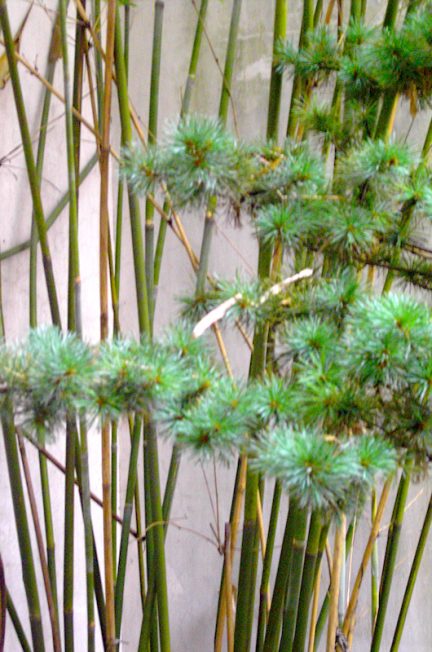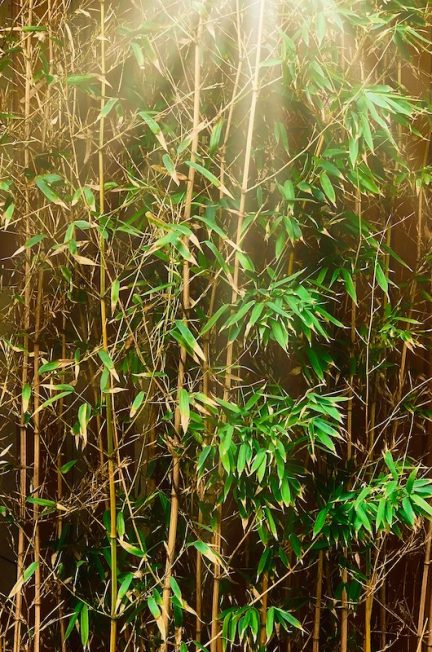The use of bamboo as a fabric fibre has gained much consumer interest in recent years. Whilst the process of turning bamboo fibres into fabric has been known for quite some time, it is only more recently that consumers have given this fibre more than a passing interest.
Amid claims of sustainability, being ecologically friendly, antibacterial, antimicrobial, and comfortable against the skin, consumers have rightly demanded that such claims be substantiated and that producers also warrant that the fabric they produces is “actually made from” bamboo fibre.
As a result, increasing legislative demands and constraints on bamboo fibre manufacture have hit the industry and its reputation as well as profit margins, and increased cost to customers.
Processes
The process of turning bamboo into yarn is well explained on many sites and does not need extensive elaboration here. Suffice to say there are many methods of production, for converting bamboo fibres into suitable yarn for use in apparel. The main concern to consumers, however, is the environmental impact of these processes, thus slowly nudging industry towards closed systems of production such as with the Lyocell method, a method that has been either reverse engineered, reproduced (not under licence), or separately differentiated, and is in current use in China.
Processes like the Lyocell method offer consumers some guarantee that the fabric they are wearing is in fact sourced from bamboo, but as of yet there is still no effective method of Forest to Fabric traceability program in place resulting in fabric producers having to trust yarn suppliers, and consumers having to trust garment manufactures and their claims.
Issues
Forest to Fabric Traceability may actually be too big of a problem for industry to address or implement when it comes to bamboo fibres. The only reliable method at present, I’m not aware of it having been implemented, is a ticketing system: Where forest harvested bamboo are given a geotagged batch number and for this number to follow each batch of harvested bamboo through the manufacturing process.
The problems with this of course are diverse and many, From faking certificates, batch mixing in downstream systems, administrative overhead to track and certify a batch each time it changes hands from forest to pulping, to spinning, weaving, garment production, wholesale storage, and retail distribution.
An alternative would be to identify molecular or genetic markers in the bamboo and see if any such markers survive the pulp to yarn manufacturing process. Despite claims that the natural cellulose structure survives the manufacturing process, to date no known method has been proposed for analysing , what are basically reconstituted cellulosic fibres, and differentiate the source of that cellulose, i.e. bamboo, cotton, wood pulp, recycled paper products, gmo soybeans, etc.
Another alternative would be to trace from forrest to mill and then introduce some form of chemical or molecular marker to tag the type of source material, and identify the production facility. Such tags should then be potentially identifiable at any point of the garment production process by certified laboratory test. To date, it is unknown if any such marker technology and test methodology exists, and it is certainly not currently in use in the garment industry.
The Way Forward?
It is relatively easy to test other natural fibres to determine if they are truly what they claim to be as well as trace them from source to apparel, however this is not the case with reconstituted cellulosic fibres.
As consumers demand more from manufactures, especially in the area of Forest to Fabric traceability, manufacturers, particularly those of bamboo yarns will need to solve this issue.
Supporting institutions such as regulatory organs will need to be fair in their deliberations and constraints on manufacturers, and universities and other research institutions need to do more work in this area, and consumers will need to be properly informed along the way so that they can make genuinely informed decisions about their purchases.
Garments made from genuine bamboo are good garments but they are not a New Age panacea for the demands for eco-friendly, sustainable practices within the global garment industry.


